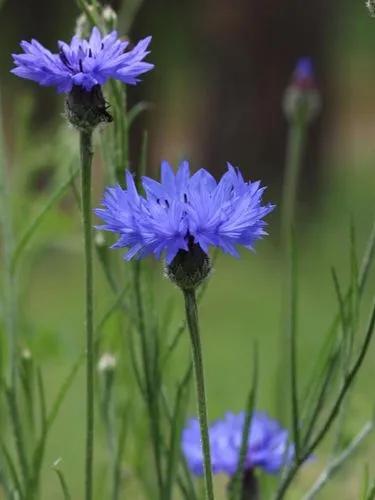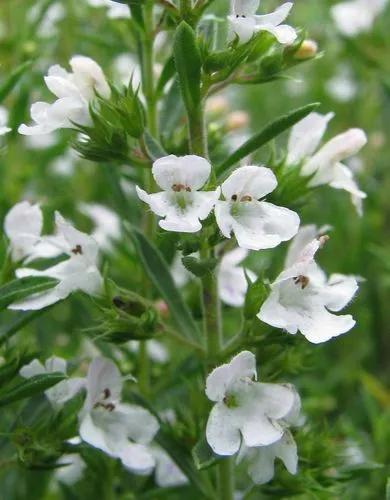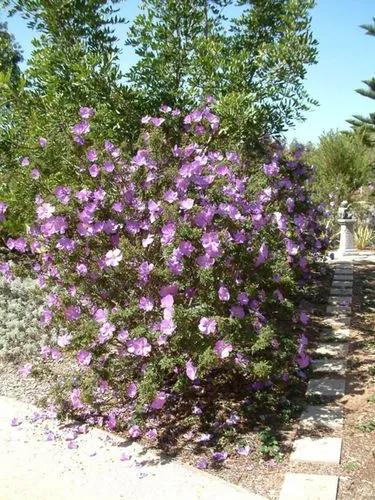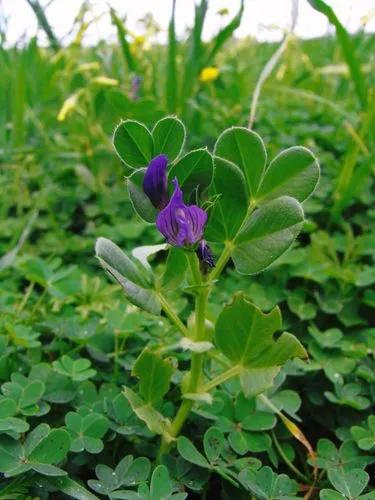Euphorbia leucocephala is an evergreen shrub that has been widely commercialized as a garden ornamental and potted plant. It has escaped from cultivation and can be found extending into wild areas
Auralia Snow Flake Care
Euphorbia Leucocephala



How to Care for the Plant

Water

It's important to keep your Aralia consistently moist but never saturated. Water the soil deeply and allow it to almost dry out before you water it again—a weekly session should do the trick. Additionally, you can decrease your watering cadence in the winter, watering your plant every other week instead.

Fertilizer

Feed your Aralia with a liquid fertilizer monthly throughout its growing period (spring through fall). If you notice falling leaves or those that are yellowish-green in appearance, that's a good indication that your plant isn't getting enough nutrients and could benefit from a bit of fertilizer.

Sunlight

Aralia likes bright, indirect light and can handle light shade. Allowing the plant to get morning sun is good, but it should never be kept in direct sunlight during the harsher afternoon hours, as the rays can scorch its fragile foliage. Aim for about six to 8 hours of filtered light a day; it's said Ming aralia do especially well in North-facing light.

Soil

Aralia prefers a rich but well-drained soil mixture to help balance its need for moisture with its fragile, rot-prone roots. While the specific blend of soil can vary (from sandy to peat moss to loamy), drainage should be the priority. Choose a pot made of clay or terracotta to help wick extra moisture from the soil and act as an added defense against root rot.

Temperature

Both temperature and humidity are very important to Aralia's overall growth and success. In order for your plant to thrive, you will want to ensure temperatures in your home maintain a balmy baseline. The plant can happily handle warmer temperatures (it does beside between 65 and 85 degrees Fahrenheit), but anything below 60 degrees will cause your plant to fail and shed its foliage. The biggest challenge with a Ming aralia is keeping it fully clothed in leaves throughout the cold, dry winter months. If the plant is subject to cold air, it will begin to drop leaf stems and quickly be completely denuded. Prevent this by supplying it with steady warmth, aided by a bottom heater if necessary.

Additional

Though not deadly, Ming aralia is considered mildly toxic to both humans and animals and is, therefore, keep it out of reach of young children or curious pets. It's best to consider the whole plant a danger, but really it's the sap, roots, leaves, flowers, and stems of the plant that cause the trouble. If you notice any of the below symptoms of poisoning, contact emergency services.

Popularity

8 people already have this plant 3 people have added this plant to their wishlists
Discover more plants with the list below
Popular articles






